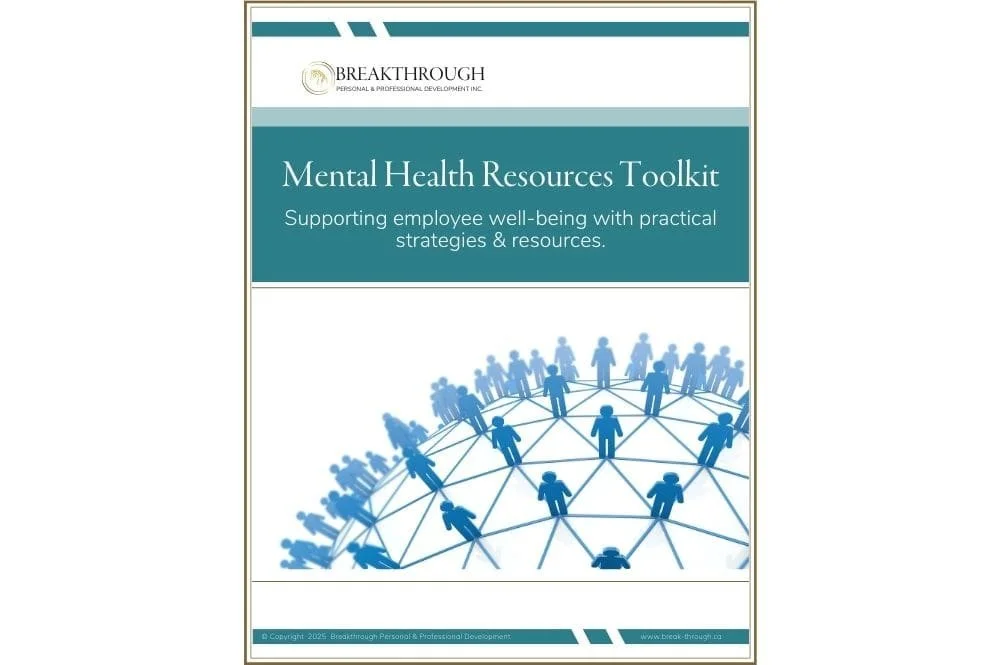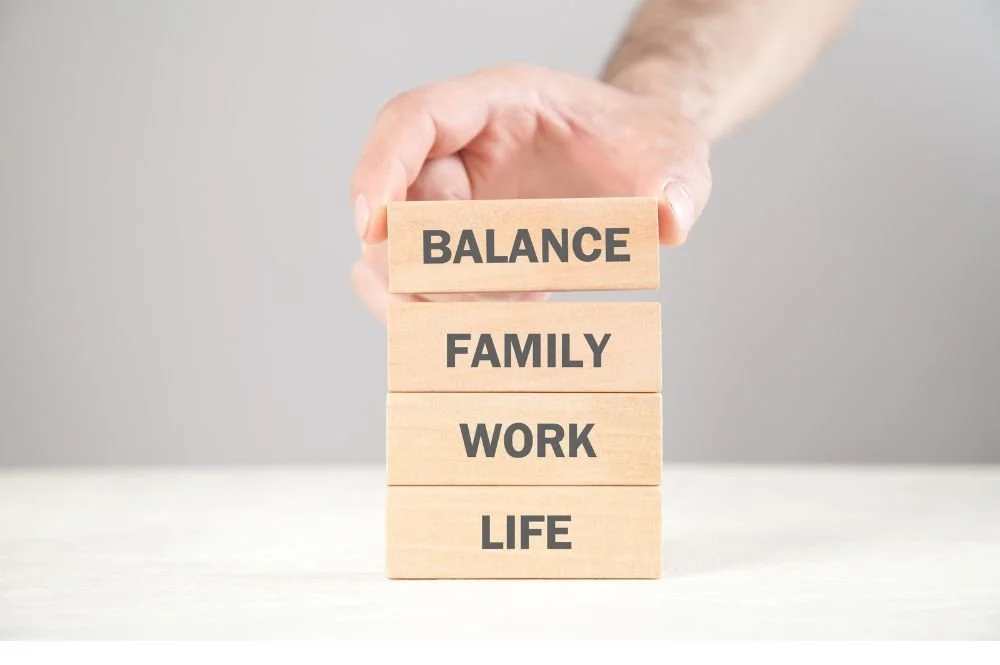Breakthrough Personal & Professional Development Inc. owner, Bonita Eby, was a featured guest on the Balance + Bliss Podcast. This article summarizes a portion of that interview. Click to listen to the full podcast, Episode 95: Stress, Burnout, and setting healthy boundaries with Bonita Eby. On Apple Podcasts click here.
Stress, burnout & boundaries
Host: Today, we're talking about something that I think every single person can relate to. We're talking about stress, burnout and setting boundaries. I just learned that boundaries were a thing in the last couple of years, which is terrifying. So I'm hoping you can shed some light on how to set healthy boundaries in our lives to reduce stress and reduce the likelihood of burnout.
What led you to work in the stress and burnout fields?
Host: You're passionate about burnout because of an experience that you had. Tell us a little bit about how you got into this work.
Bonita: I started out in healthcare as a Registered Massage Therapist working with survivors of traumatic motor vehicle accidents in the hospital and my own clinic. That work was incredibly rewarding but very hard on my body, so I transitioned into a leadership development position after a decade. I retrained, retooled and worked in leadership development, project management, and training teams and leaders. I loved that leadership space, but I was also on-call 24 hours a day, seven days a week, on a crisis line. As the years went by, the tasks and responsibilities grew, as did the crisis caseload.
That went on for years, and to be perfectly honest, it took years for the overwhelming stress to build up before recognizing there was a problem. But, interestingly, I felt like I dealt with stress pretty well. I’d successfully handled many different crises, but I didn’t have the necessary training, tools, and resources to deal with the trauma I witnessed, so eventually, I experienced burnout and compassion fatigue.
Explore our Compassion Fatigue Training
How long did it take before stress became burnout?
Bonita: It took a good five years to go from early-stage burnout to late-stage burnout. I had no idea what was happening to me or what I should be doing about it. At that time, people weren't talking about burnout. It just wasn’t on the table. It was a taboo subject. I spoke with my medical doctor, but he didn’t understand what was happening to me beyond recognizing it was stress-related.
Eventually, after many years, I resigned from my job, which was a difficult decision, to say the least, because I was passionate about what I did. However, once I resigned, my body crashed, and it was stunning to me. I literally went from running marathons to being flat on my back for an entire year. It took five years and the help of many healthcare experts to recover.
Discover the Symptoms of Burnout
Who does burnout typically affect?
Bonita: Typically, the people who burn out in any given organization are its top performers. That's what the research shows. It’s not the people who just clock in and clock out because it’s a job. It's the people who give it their all, and sometimes it's too much.
What signs of burnout did you experience?
Host: Looking back, do you see a few glaring signs that you would now recognize as symptoms of burnout?
Bonita: The clearest indication was the way stress presented in my body. We are holistic beings. We have our physical, mental, emotional, spiritual, relational, financial, and professional parts to our whole. For me, the most glaring symptoms were related to physical stress. I became tired. I'm one of those people with loads of energy, but eventually, I got to the place where my battery was low all the time. I experienced a lot of minor illnesses alongside frequent bouts of laryngitis.
Unfortunately, I worked out really hard to compensate and felt amazing from the adrenaline rush, but that served to drain me even further. I needed yoga or other kinds of gentle exercise that would bring my parasympathetic nervous system up and my sympathetic nervous system down. Instead, I continued to feed the stress cycle.
Download your free Burnout Assessment today.
Can working out make burnout worse?
Host: I see so many women who are stressed out to the max. They are on autopilot, go, go, go, go, harder, faster. I see so many people working so hard when in reality, what their bodies needed was exactly what you talked about. They need to soothe their parasympathetic nervous system, but instead, they drive their sympathetic nervous system compulsively.
What can people do to lower their adrenal stress response?
Bonita: We need rest. Until the pandemic happened, it was almost as if rest was a bad word. Like there's something wrong with you if you need rest. There's something very unhealthy, systematically, socially and personally, with that kind of mantra. We deeply require rest, not only physical rest but also emotional and psychological rest.
About the author
Bonita Eby is a Burnout Prevention & Organizational Culture Consultant, Executive Coach, and owner of Breakthrough Personal & Professional Development Inc., specializing in burnout prevention and wellness for organizations and individuals. Bonita is on a mission to end burnout. Get your free Burnout Assessment today.






